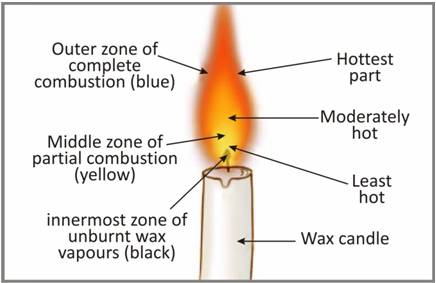Combustion and flame Worksheet-8
(b) Define ignition temperature.
(c) Why water should not be used to put out fire caused by burning of petrol?
(b) Why does the middle zone of the candle flame glow with yellow colour?
Answer:
(b) The lowest temperature at which a substance catches fire is called ignition temperature.
(c) Water should never be thrown on a liquid fire
(i) Water does not mix with the oil, water being heavier than oil goes beneath them and substance continues burning.
(ii) Water boils and become steam very quickly. Since water is at the bottom of the oil, as it evaporates it sprays hot, burning oil in every direction. This then spreads the fire.
(iii) Liquid fires can be stopped by using Fire extinguisher.
It should have a high calorific value.
Its ignition temperature should be low but well above the room temperature. If the ignition temperature is too low, the fuel will catch fire very easily (which could be dangerous) and if it is very high, the fuel has to be heated for a long time before it can catch fire.
It should have a moderate rate of combustion and should release heat in a controlled manner.
It should be fairly cheap and easily available. A fuel may have a very high calorific value but if it is expensive and not easily available, it cannot be used on a day-today basis.
It should be safe to handle, store, and transport.
It should not cause pollution on burning.
C.N.G. is compressed natural gas. It is used as fuel in automobiles. It does not cause pollution.
Rapid combustion
In this type of combustion, large amount of heat and light are released in a very short span of time.
Example: Combustion of LPG, which produces heat and light instantly
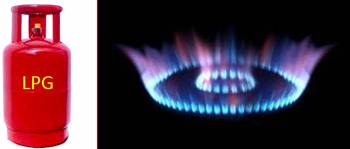
Explosion
Combustion in which a sudden reaction takes place with the evolution of heat, light, sound and large amount of gas is known as explosion e.g. Ignition of fire crackers
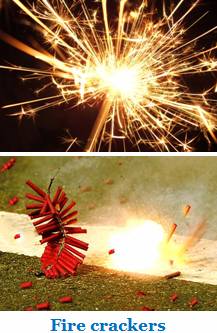
Spontaneous combustion
The type of combustion in which a material suddenly bursts into flames without application of any apparent heat is called spontaneous combustion. e.g. spontaneous combustion of coal dust, White phosphorous
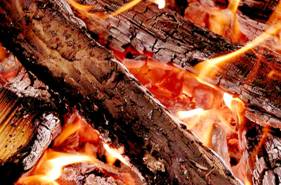
Conditions Necessary for Combustion
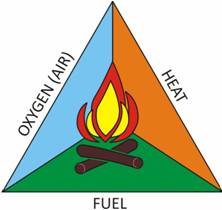
Combustible substance: Fuel
Air (to supply oxygen)
Heat (to raise the temperature beyond the ignition temperature)
A substance will not burn without one or more of these conditions.
The outer zone (blue) is the hottest part of the flame. In this zone, the wax vapours have enough oxygen to burn completely (producing carbon dioxide and water).This zone emits very little light.
The middle zone (yellow) is less hot than the outer zone. Here, incomplete combustion of wax vapours (due to low oxygen) produces carbon particles (which glow, giving the zone its yellow colour) and carbon monoxide. This zone emits the most light.
The inner zone (black) is the coolest part of the flame. In this zone, the wax vapours remain unburnt as no oxygen is available. This zone is completely dark and emits no light.
